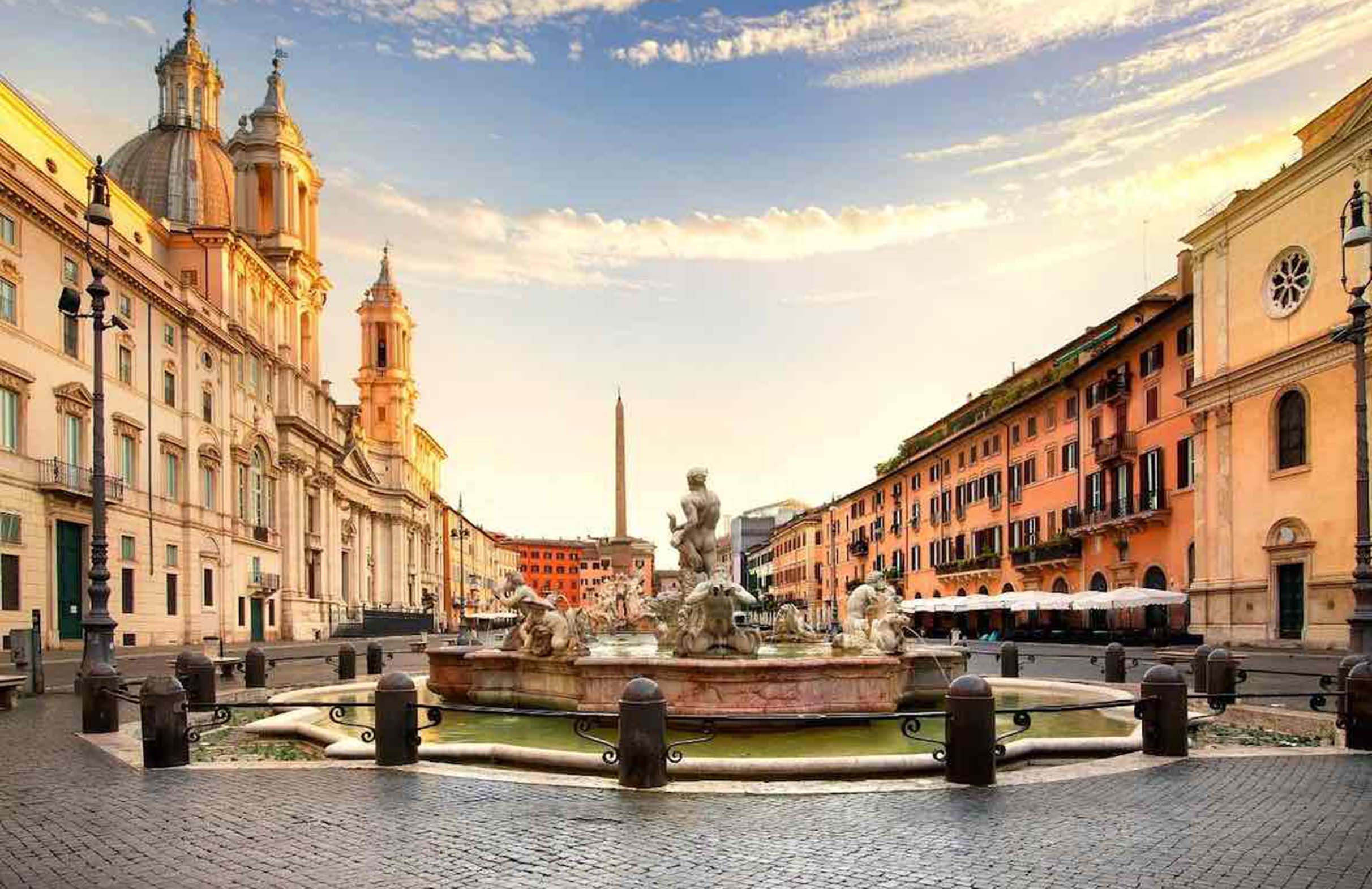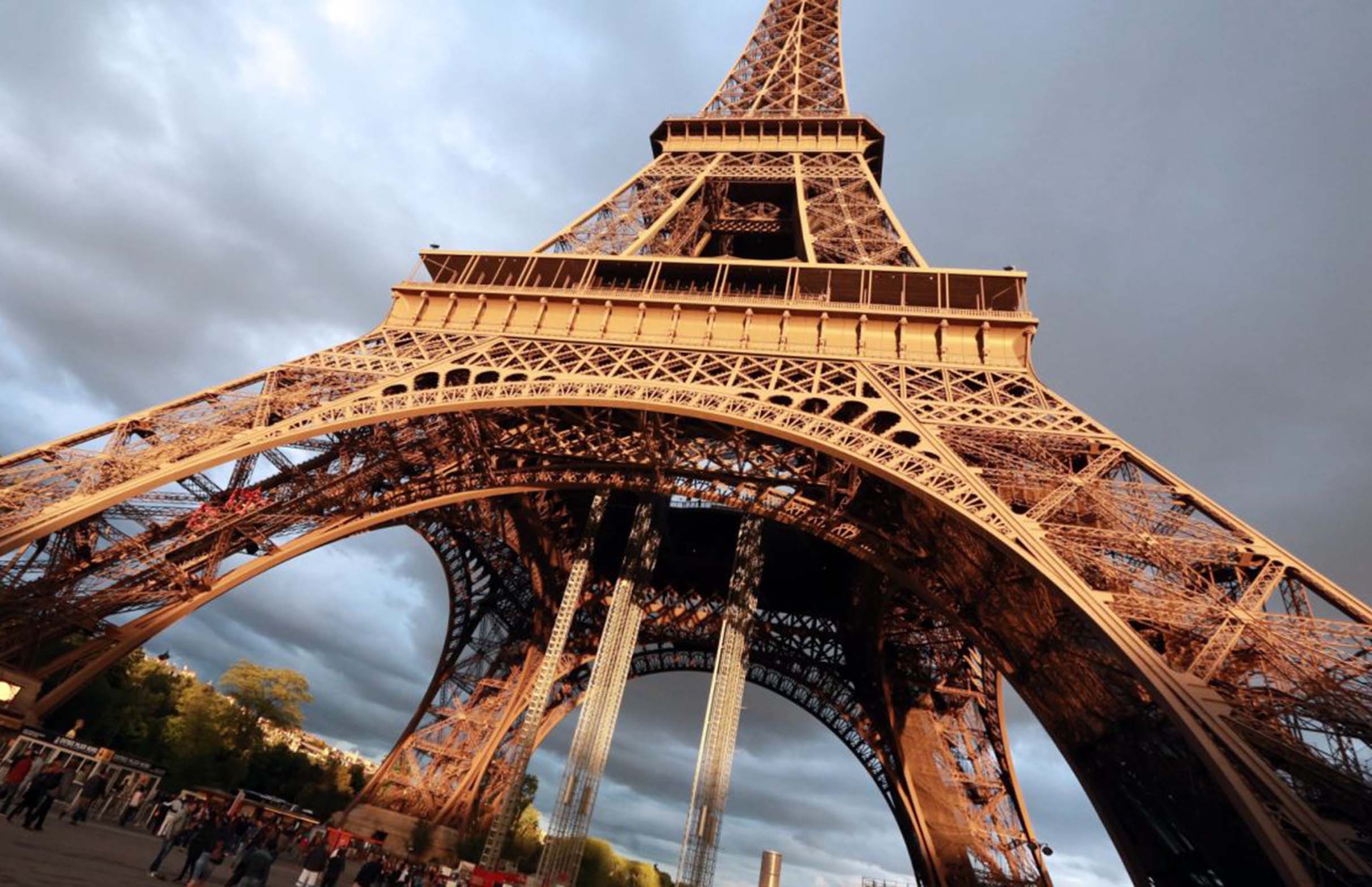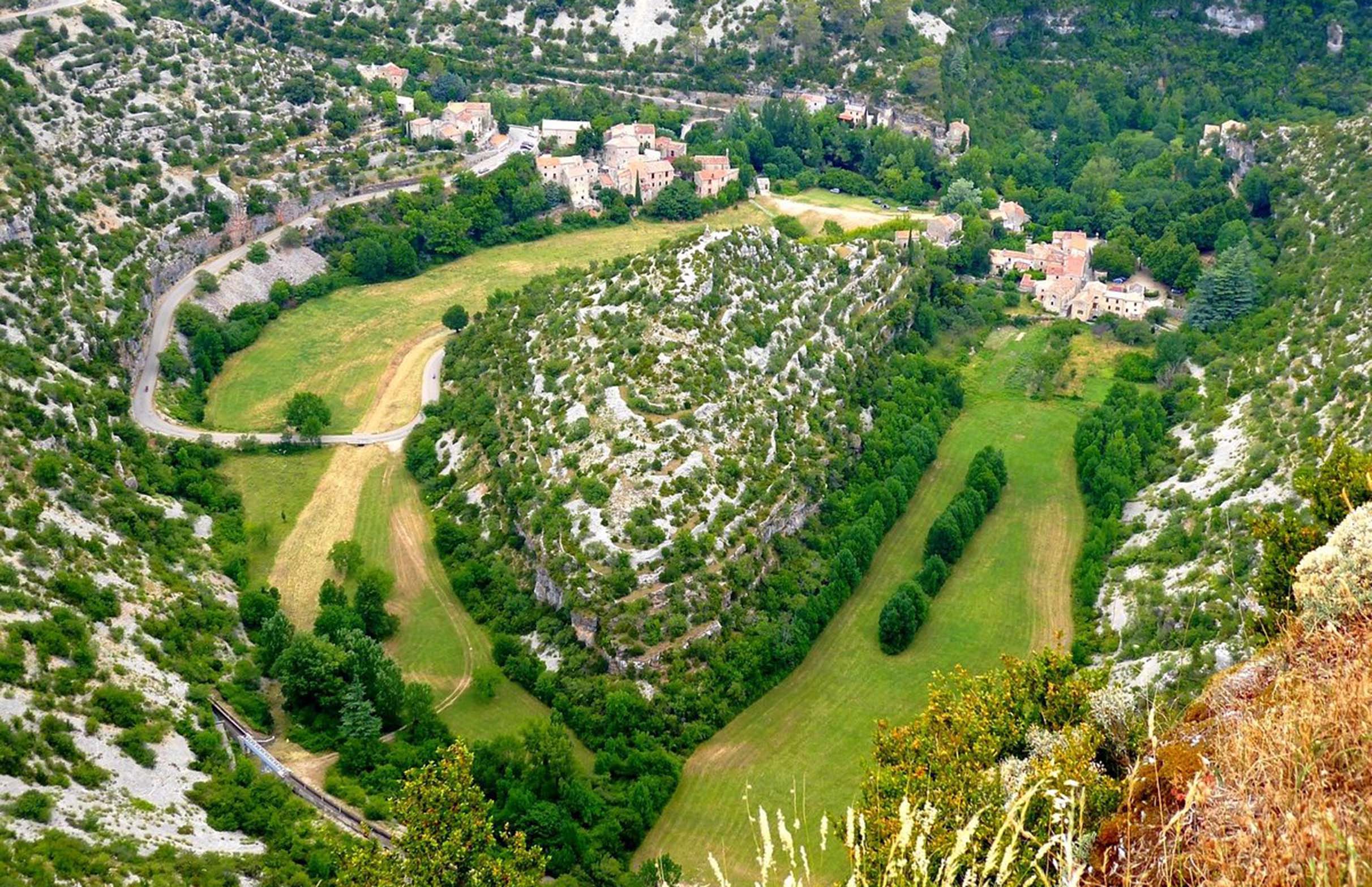When I think of Rome, I envision a tapestry woven from threads of history, culture, and art. Every street, every piazza, and every ancient ruin whispers stories from centuries past. My recent trip to the Eternal City was nothing short of enchanting, and I’m excited to share my experiences visiting some of its must-see sights.
Touching down at Fiumicino Airport, the first thing that hit me was the warmth of the Mediterranean sun. After a quick passport check and retrieving my luggage, I hopped on the Leonardo Express train, which whisked me directly to Termini Station in about 30 minutes. From there, it was a short walk to my hotel, nestled in the heart of the city.
The Colosseum: A Gladiatorial Marvel
My first stop was the Colosseum, perhaps the most iconic symbol of Rome. As I approached, the sheer magnitude of this ancient amphitheater took my breath away. Standing at 48 meters tall and capable of seating 50,000 spectators, the Colosseum was once the stage for gladiatorial battles and public spectacles.

I purchased a timed entry ticket online to avoid long queues, which allowed me to step inside without the hassle. The moment I walked through the ancient arches, I felt a surge of excitement. The intricate design of the arena, the remains of the stone seats, and the underground chambers where gladiators and animals were once held all told a story of Roman ingenuity and brutality.
Walking around the upper level, I could imagine the roar of the crowd as they cheered for their favorite fighters. The views from the top were stunning, offering a panoramic glimpse of the surrounding Roman Forum and Palatine Hill. I spent hours exploring this remarkable structure, taking photos and soaking in the atmosphere.
The Roman Forum: Heart of Ancient Rome
Just a short walk from the Colosseum lies the Roman Forum, a sprawling complex of ruins that once served as the center of public life in ancient Rome. As I entered the Forum, I was immediately struck by the sense of history that enveloped me. The remnants of temples, basilicas, and triumphal arches were scattered throughout the site, each with its unique story.
One of the highlights was the Temple of Saturn, dedicated to the god of agriculture. The tall columns still stand proudly, a testament to the architectural prowess of the Romans. I wandered through the Via Sacra, the sacred road that led to the Forum, imagining the bustling crowds of citizens, traders, and politicians who once walked these paths.
As I made my way to the Arch of Titus, I marveled at its intricate reliefs depicting the triumph of Rome over Jerusalem. Standing beneath the arch, I felt a deep connection to the past, a reminder of the city’s powerful legacy. The Forum is best explored at a leisurely pace, allowing time to reflect on its history.
The Palatine Hill: Where Rome Began
Adjacent to the Roman Forum is Palatine Hill, one of the seven hills of Rome and the site where the city was founded. I climbed the hill, and as I reached the top, I was rewarded with stunning views of the Forum and the Circus Maximus. The lush gardens and ancient ruins provided a serene escape from the bustling city below.

While wandering through the ruins of the Imperial Palaces, I could almost hear the whispers of emperors past. The grandeur of the Palace of Domitian, with its sprawling gardens and intricate mosaics, left me in awe. I took a moment to sit on a bench and soak in the atmosphere, feeling the weight of history settle around me.
Vatican City: A Spiritual Epicenter
No trip to Rome would be complete without a visit to Vatican City. I woke up early to beat the crowds and made my way to St. Peter’s Basilica, the largest church in the world. As I approached the grand façade, I was struck by its architectural beauty. The massive dome, designed by Michelangelo, dominates the skyline.
Upon entering the basilica, I was overwhelmed by its opulence. The interior is a masterpiece, adorned with intricate mosaics, marble floors, and stunning artworks. I stood in awe before Michelangelo’s Pietà, a sculpture that captures the sorrow of Mary holding her son, Jesus. The detail in the marble is simply breathtaking.
After exploring the basilica, I made my way to the Vatican Museums. I had pre-booked a ticket to avoid long lines, which was a wise decision. The museums are a treasure trove of art and history, culminating in the breathtaking Sistine Chapel. As I gazed at Michelangelo’s ceiling, I felt a sense of reverence wash over me. The vivid colors and intricate details are mesmerizing, and I took my time to absorb the beauty of this iconic masterpiece.
Trastevere: A Charming Neighborhood
In the afternoon, I ventured to Trastevere, a picturesque neighborhood known for its narrow cobblestone streets and vibrant atmosphere. I strolled along the charming lanes, stopping to admire the colorful buildings adorned with flower-filled balconies.
For lunch, I found a cozy trattoria where I indulged in traditional Roman dishes. I ordered cacio e pepe, a simple yet delicious pasta made with cheese and pepper, paired with a glass of local wine. The flavors were rich and satisfying, providing the perfect fuel for my afternoon of exploration.
After lunch, I visited the Basilica di Santa Maria in Trastevere, one of the oldest churches in Rome. The stunning mosaics depicting scenes from the life of Mary captivated me. I spent time reflecting in the tranquil courtyard, enjoying the peaceful ambiance of this sacred space.
The Pantheon: A Marvel of Architecture
As the sun began to set, I made my way to the Pantheon, one of the best-preserved ancient buildings in Rome. The grand entrance, with its massive Corinthian columns, was impressive. Upon entering, I was awed by the vastness of the rotunda and the oculus that lets in natural light. Standing in the center, I felt a deep sense of connection to the ancient Romans who once worshiped here.

The Pantheon is a marvel of engineering, with its perfect proportions and harmonious design. I took a moment to sit on a nearby bench, allowing the ambiance of the space to wash over me. The sound of voices echoed softly as visitors admired the beauty around them.
Piazza Navona: A Baroque Masterpiece
My day concluded at Piazza Navona, one of the most beautiful squares in Rome. The stunning Baroque architecture, coupled with the vibrant atmosphere, made it a perfect spot to unwind. I marveled at the Fountain of the Four Rivers, designed by Bernini, and watched as the sun set behind the majestic church of Sant’Agnese in Agone.
As I settled at an outdoor café, I ordered a gelato to enjoy while people-watching. The square was alive with musicians, street performers, and locals mingling, creating an enchanting atmosphere. I took my time savoring the delicious gelato, reflecting on the incredible sights I had experienced throughout the day.
A City of Endless Wonders
Rome is a city that invites exploration, with its rich history and vibrant culture at every turn. From the grandeur of the Colosseum to the serenity of Trastevere, every sight offers a glimpse into the past and a connection to the present.



